A: Good morning Jerry.
Q: Please tell me about your athletic background and how you developed into an ultrarunner.
A: Well I started at the age of 5 as a gymnast. Then in college I was a dance major at University of Kansas. I started running trails races in 1990. But it was my sister who got me into running ultras. She ran her first Leadville Trail 100 in 2001 and I crewed and paced her. I often joke with my clients that “pacing an Ultra” is a synonym for “You’ll be signing up for that race next year”. But my biggest goal is to be a life long athlete. Maybe I wont be running ultras when I’m 100yrs old but I hope I can still call my self an athlete.
Q: That’s a great perspective. So, you’ve seen a lot since you first started…What are some poignant ultra experiences that stick out in your memory?
A: I’ve learned from all my races, the good, the bad and the ugly. My first 100mile race was at 24hrs of Laramie. I was so exhausted that at mile 95, I sat down and had a pity party for myself. It wasn’t pretty but that experience made me want to run all my races in joy and gratitude.
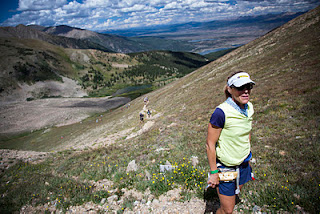 |
| Cindy at the crest of Hope Pass on the LD100 Course |
Hope Pass is the highest point in the Leadville 100 course at approximately 12,540′.
Other memories are when I’ve run a really smart race for me. I use heart rate and training data to target an average heart rate and average pace for my race. This information has never let me down, as its an insurance that I’m racing within my abilities. It’s an awesome feeling to get to a finish line and be happy, healthy, and have a personal best.
Q: I totally agree. So, I know you have seen some big races. Are there any particular races you enjoy more than the others?
A: I ran Boston Marathon this year, that is a very big race. In the bigger picture of running, Ultra races are small and intimate. Often the biggest reward of traveling and running Ultras is getting to catch up with the close-knit ultra running community.
Q: The winter here in Colorado can be challenging. How do you stay focused on training when the weather is bleak and the motivation is lacking?
A: I use the Colorado winter to my advantage and take a transition or off time from hard training and racing. So my volume and intensity of training take a back seat to enjoying the day on the trails. And I have a Tuesday and Thursday running group, which helps to motivate and add consistency in the winter months.
Q: What drives you as an athlete?
A: Knowing that I can still improve as a runner and as a person, which doesn’t always mean a personal best time. Getting my nutrition, pacing, and attitude right can mean more to me than placing in a race. And I truly believe that being a competitive athlete is a great metaphor or one’s life. You have a dream or a goal unique to you. You create a plan. You stick with it even when the going is hard, life always throws you curve balls, but how you deal with them to honor your dream is key. Then you step up to the start line and execute your plan. Sometimes your plan isn’t perfect sometimes…so you have to go back and adjust. I’m always learning and having fun as a runner.
Q: That passion to improve is something that you willingly share. Let’s talk about your coaching… What training and experience do you have that prepared you to begin coaching endurance athletes?
A: My Exercise of Science degree is at the heart of my coaching. I use heart rate and pace zones that are personalized to each client. I gather this data with a Lactate Threshold test on a treadmill. This information gives my client and myself a clear understanding of their physiology, where their strengths and weaknesses lie. I then create a training plan that addresses both their goals and their physiology. I treat each client as the unique runner that they are.
Q: So what is the common misconception for athletes that train for ultra? You see so many different athletes in your coaching…what is the common denominator that they bring to you in their quest to achieve, overcome, or succeed?
A: The most common training mistake I see, is runners training to their strengths and not their weaknesses. This kind of training will plateau one’s fitness level and have them repeating the same performance without improving. The second challenge I have with new clients is convincing them that recovery weeks are the only way to improve. It’s the balance of the hard workouts and build weeks coupled with rest days and recovery week that will will give your body the time to make the physiological adaptation to training.
Q: I realize your business is based out of Colorado…but are you able to help athletes remotely? I’m sure people contact you from many places…what do you suggest for athletes that would like coaching, but are not in Colorado?
A: I have client in New Mexico, Iowa, and Kansas. But yes the majority are in Colorado currently.
The software I use to interface with my clients gives us a clear path to communicating. They receive their daily workouts in an email. They then upload their GPS watch data from that completed workout. In a single viewer I see heart rate, pace, and elevation gain and loss and terrain profile. They also update how they felt and/or issues they encountered on the workout.
Its a very powerful tool, that tells me exactly how each workout is acutely and long term are affecting them. I’m also very available to my client via phone or personal email.
Q: So, what does 2012 look like for you? Will you be running any big races?
A: I’d like to run another 100 mi race next year. Western States Endurance Run or Bear 100 are high on my list. Western States is a lottery so will sign up and hope for the golden ticket. Bear 100 is such a beautiful scenic point to point run. Leland, the race director has a great fish fry at his farm finish-line. It’s like going to a ultra family reunion.
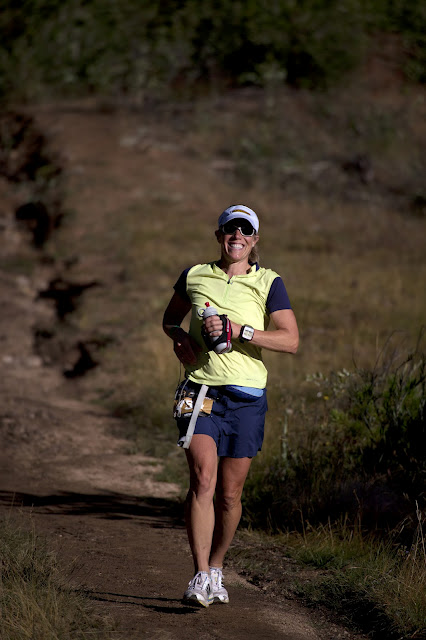 |
| Powerline Trail: LD100: 2011 |
Q: Cindy, what would you like to say to all the athletes out there preparing for their next big event?
A: Add a few rest days and a recovery week into your training plan. It is the hard workouts combined with rest that will create physiological adaption that will get you to the finish line healthy and happy. And learn to use that heart rate monitor sitting in your sock drawer!
Q: Thank you Cindy. I have enjoyed your perspective…. there are many people that call themselves, “Coach”, but I give you the stamp of authenticity. Thank you for talking with us…I wish you the best of luck in 2012!
A: Thanks Jerry. Its been my pleasure speaking and working with you. Best of luck to you too with your 2012 running endeavors.

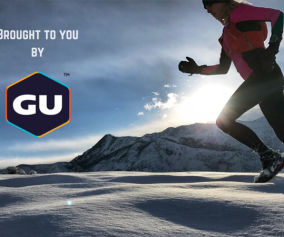
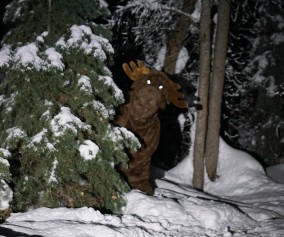
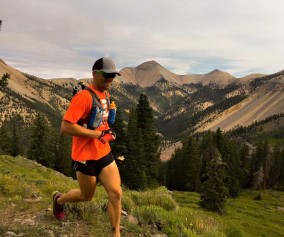
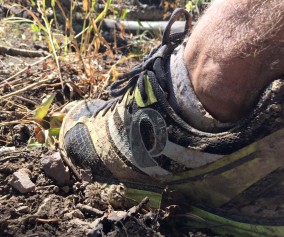







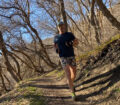


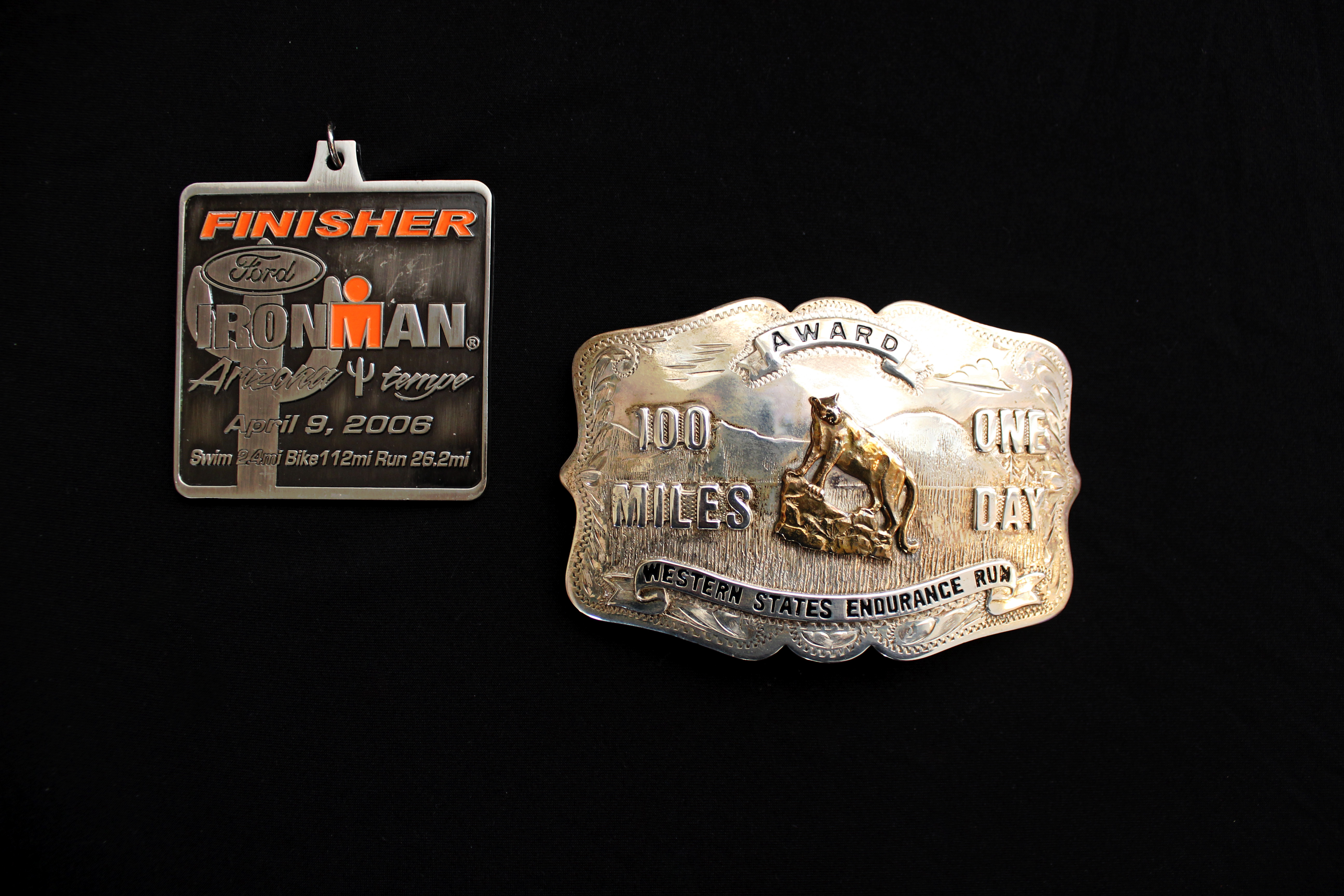
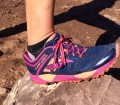
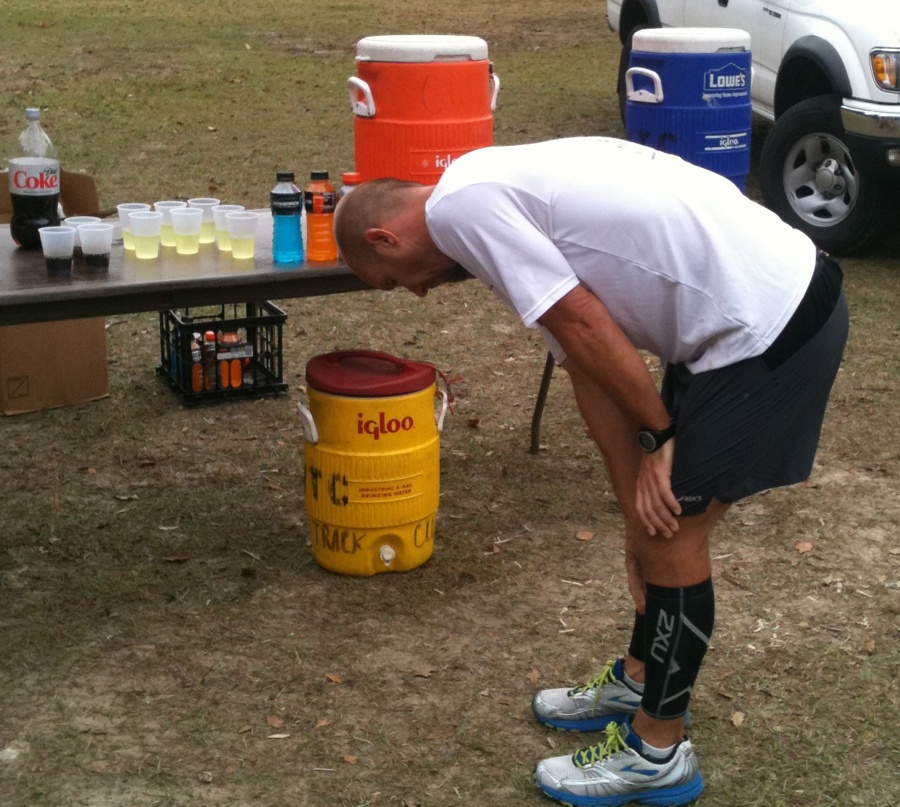

One Response to Cindy Stonesmith: Interview